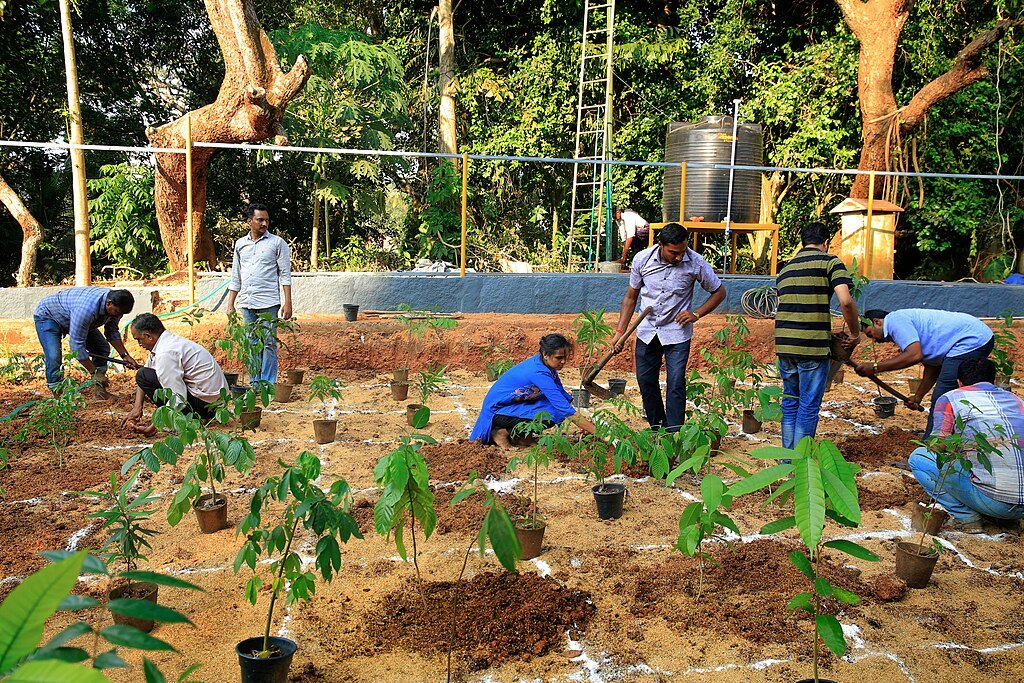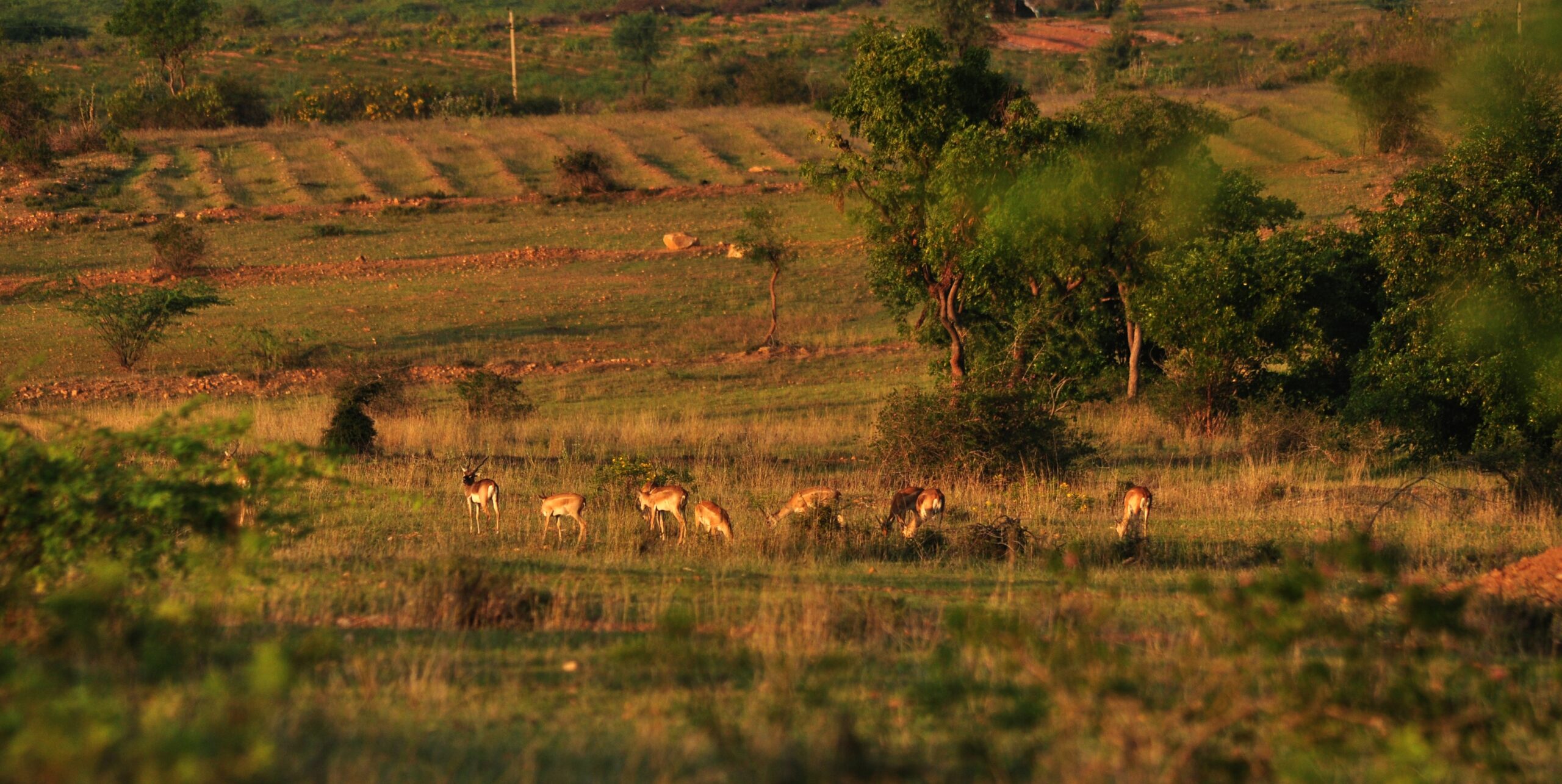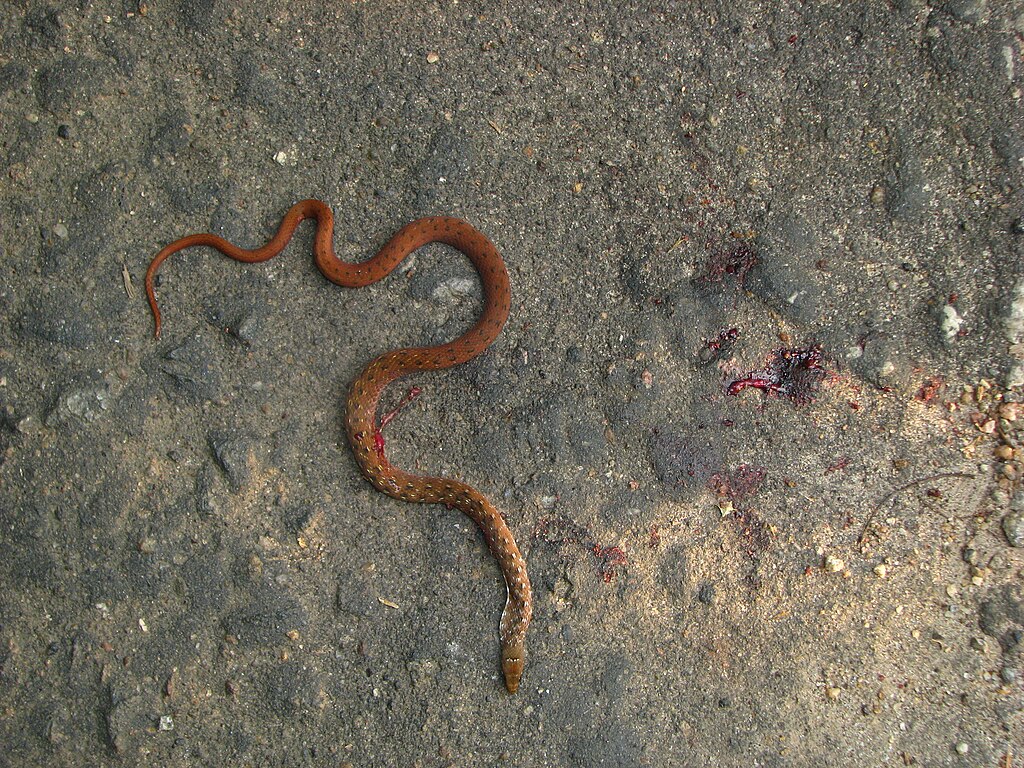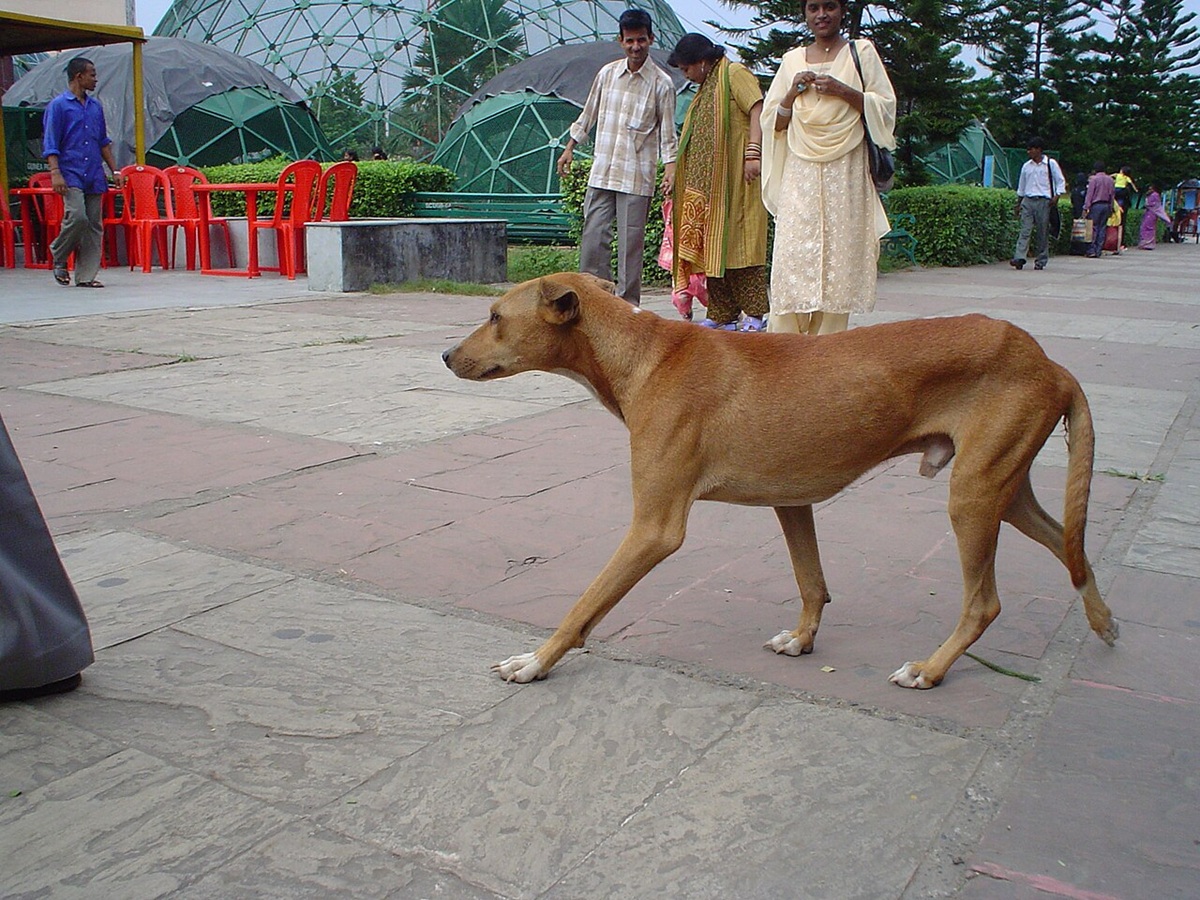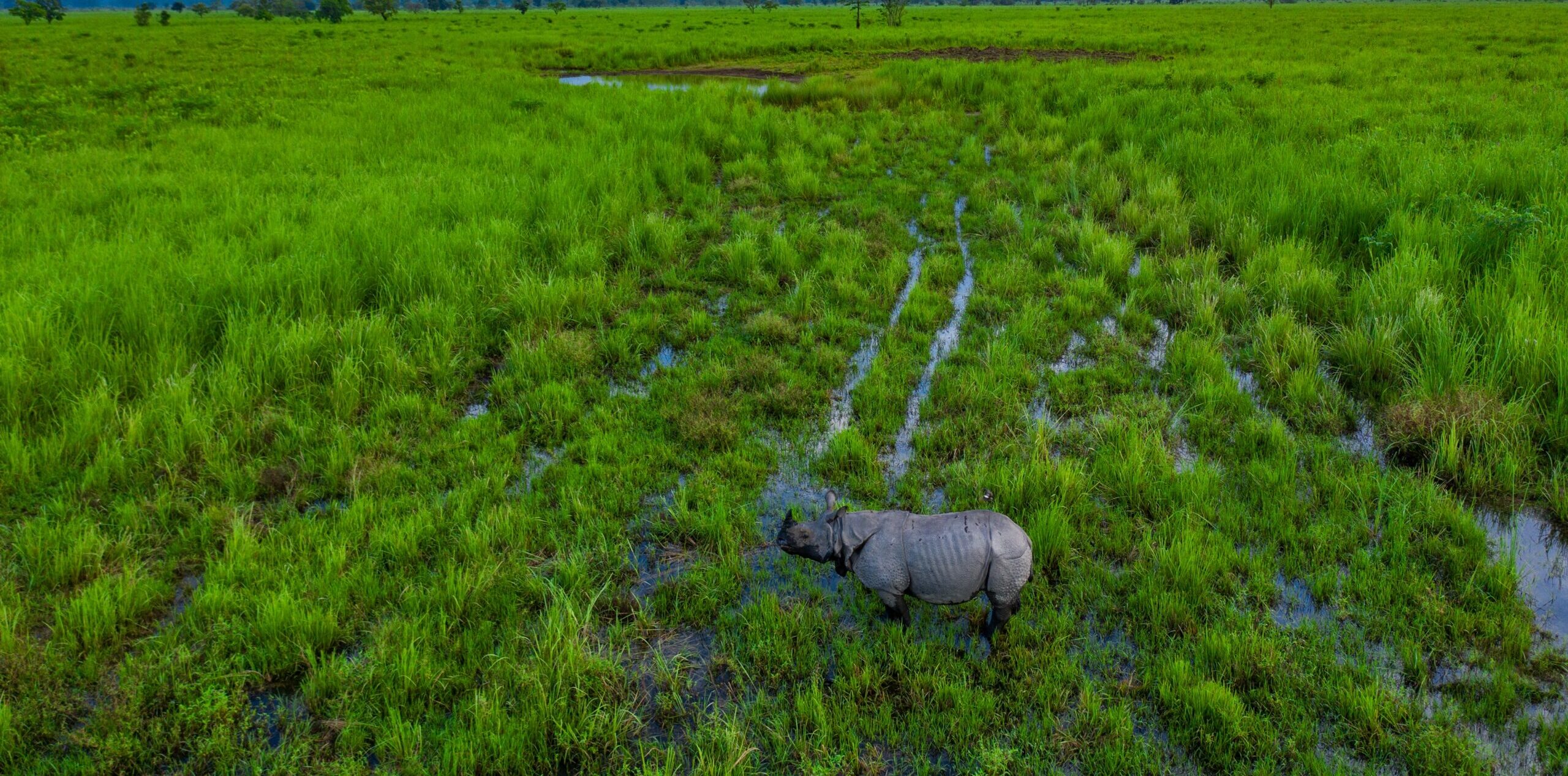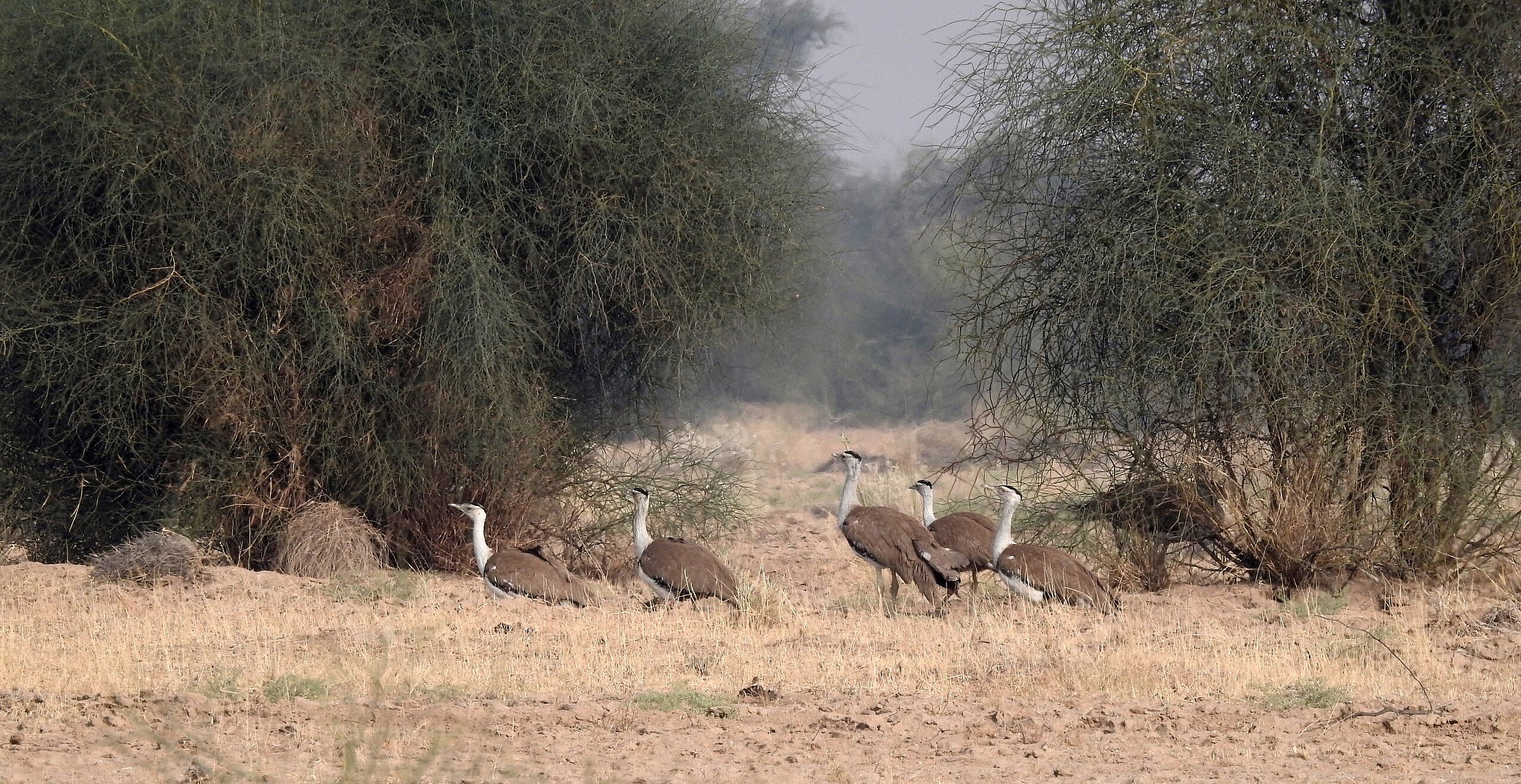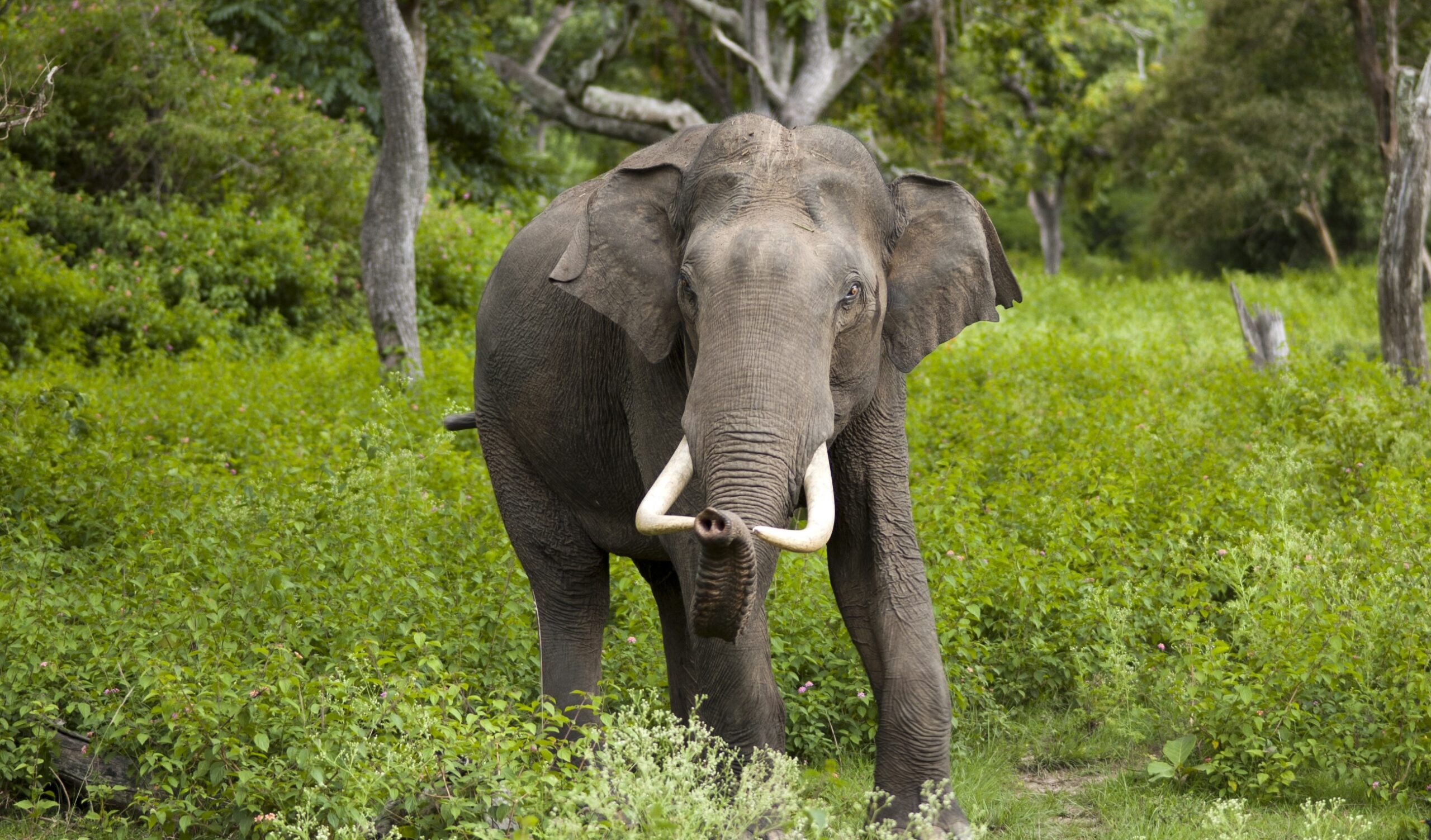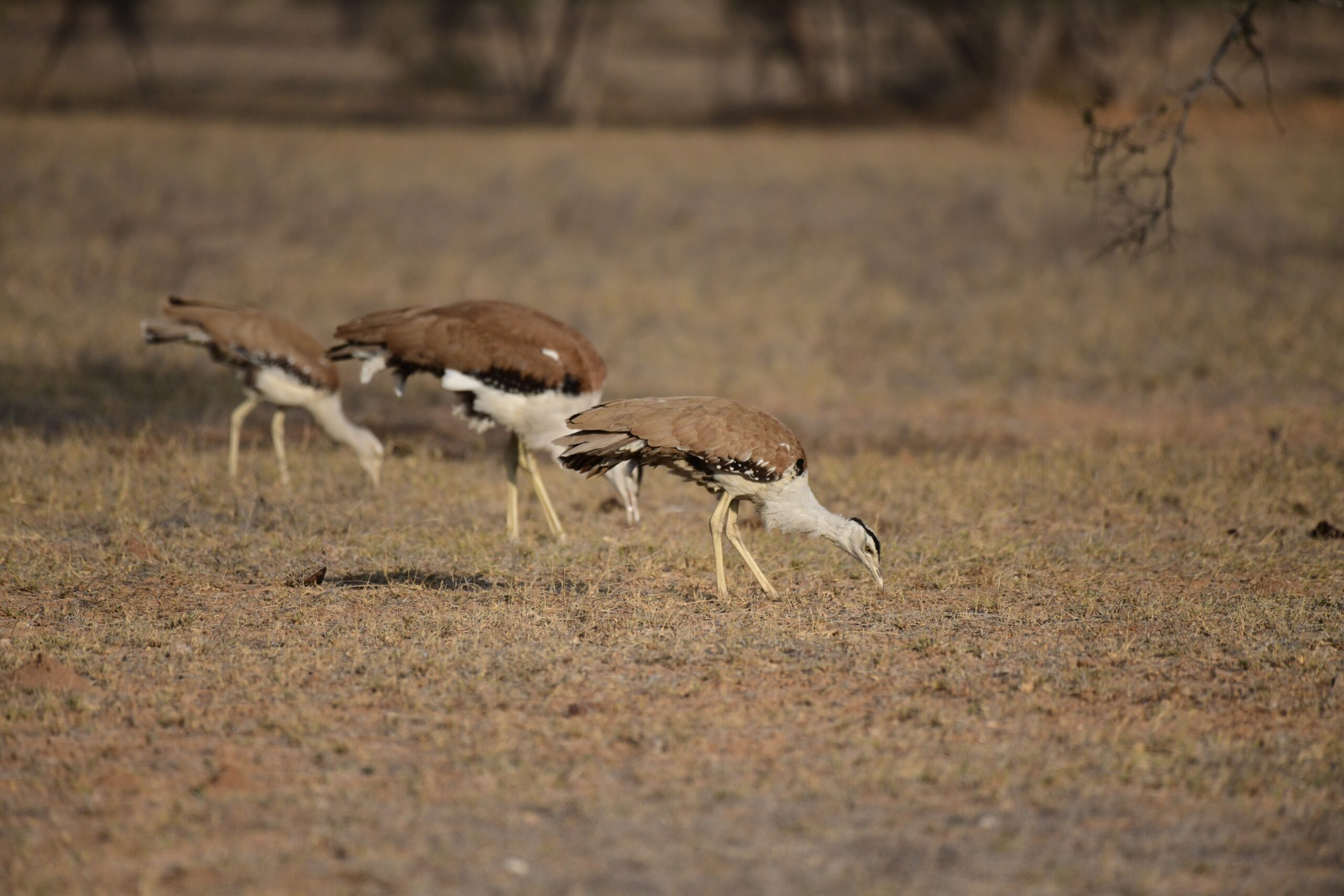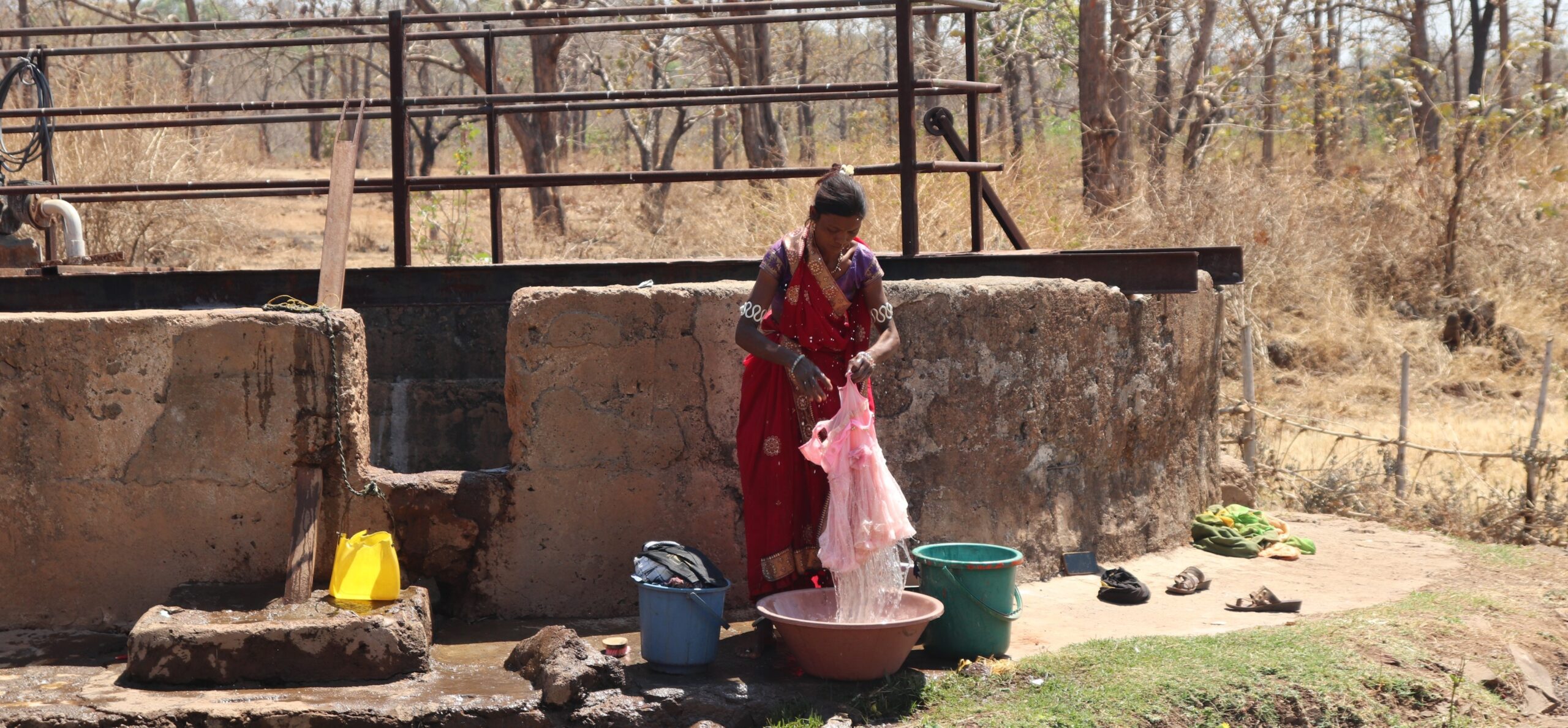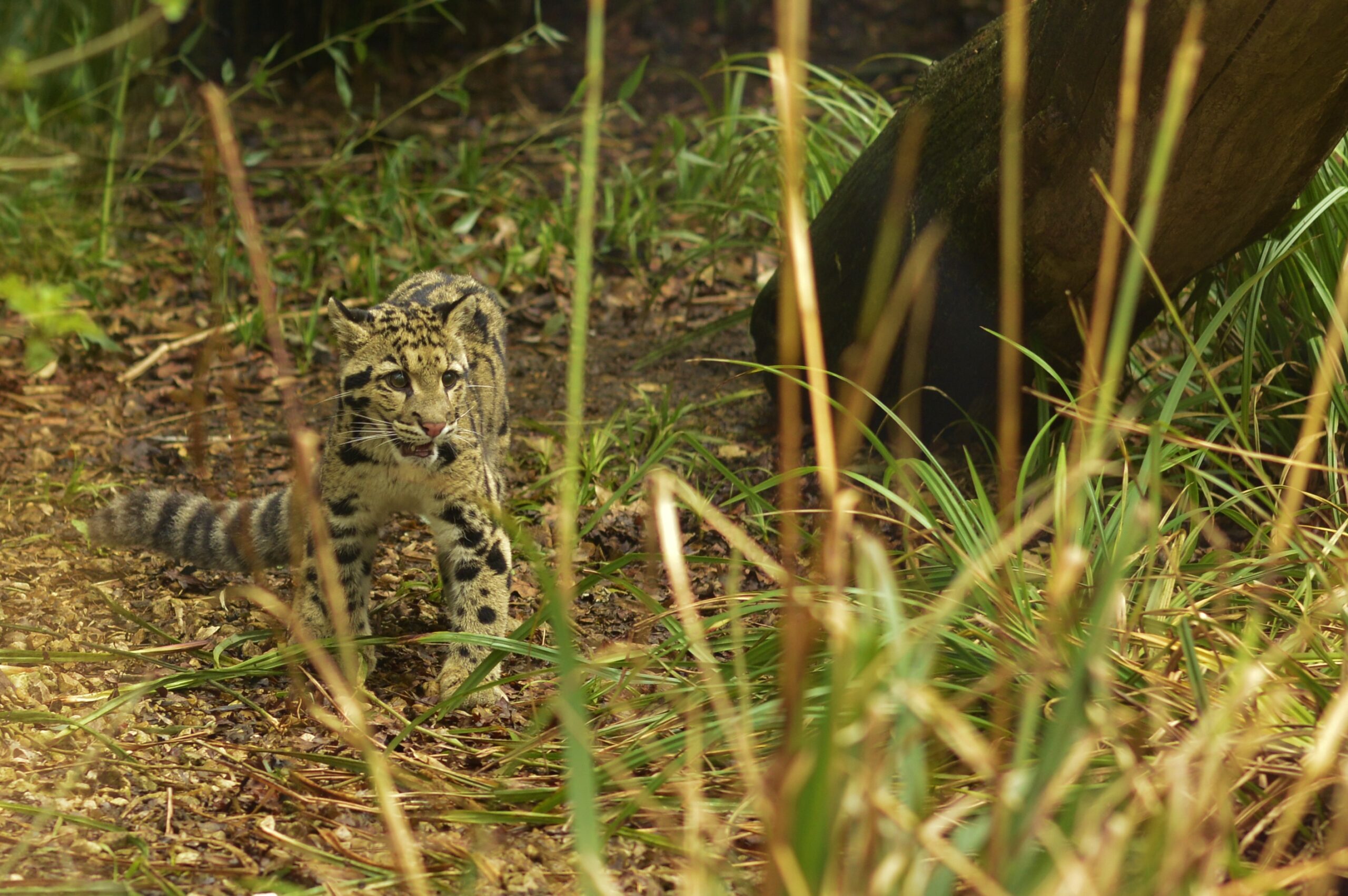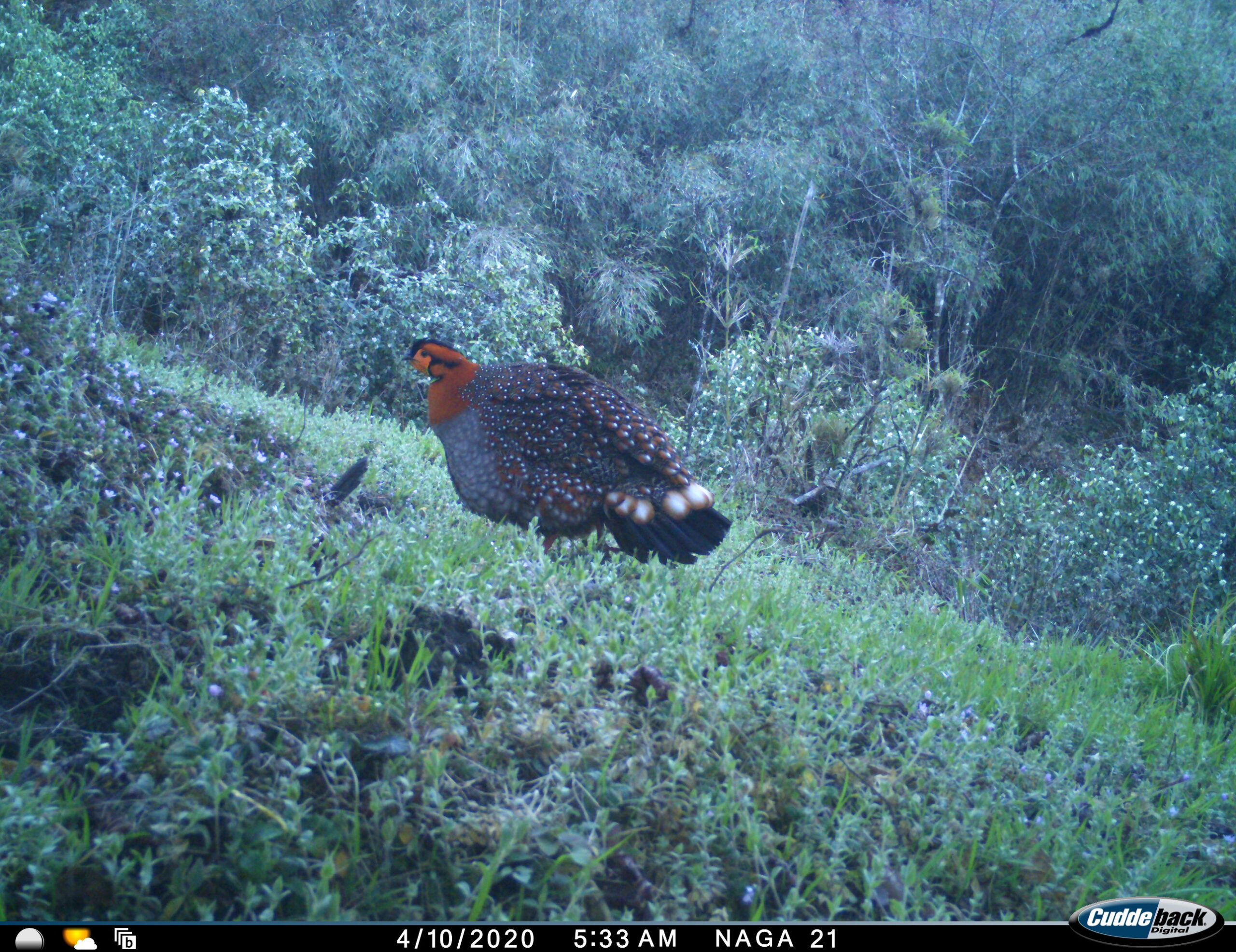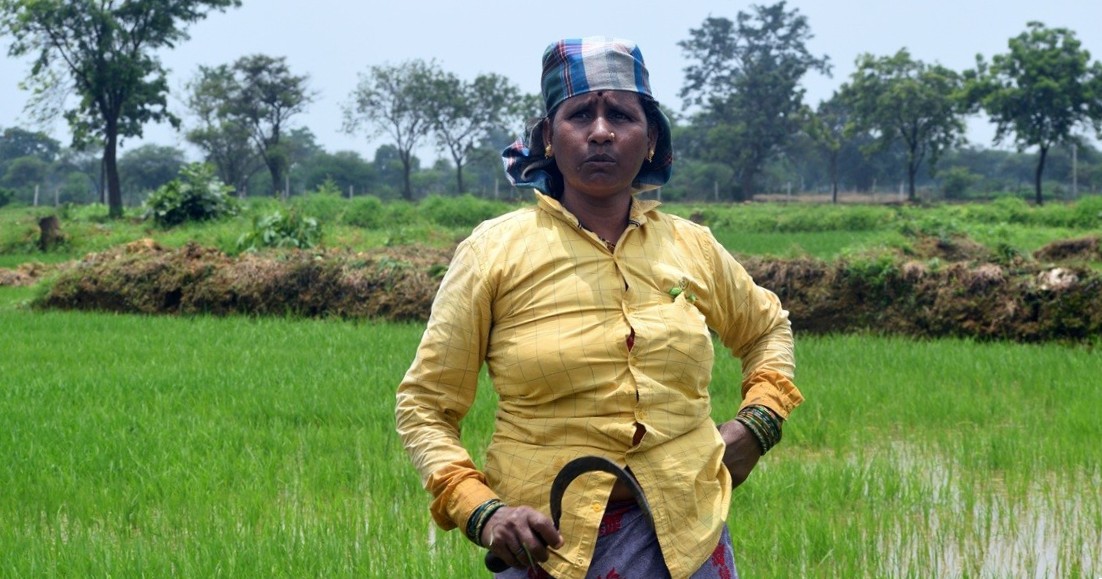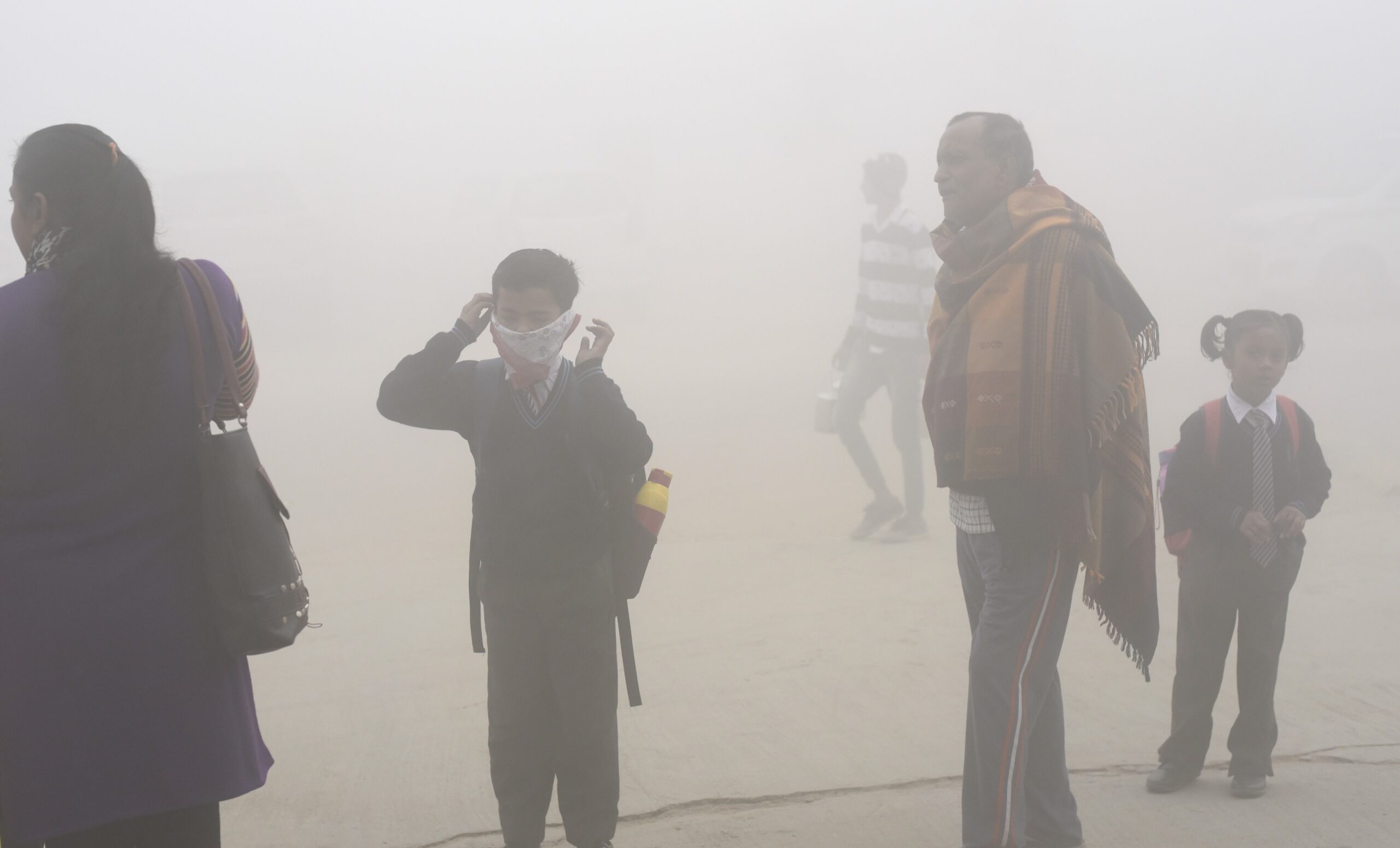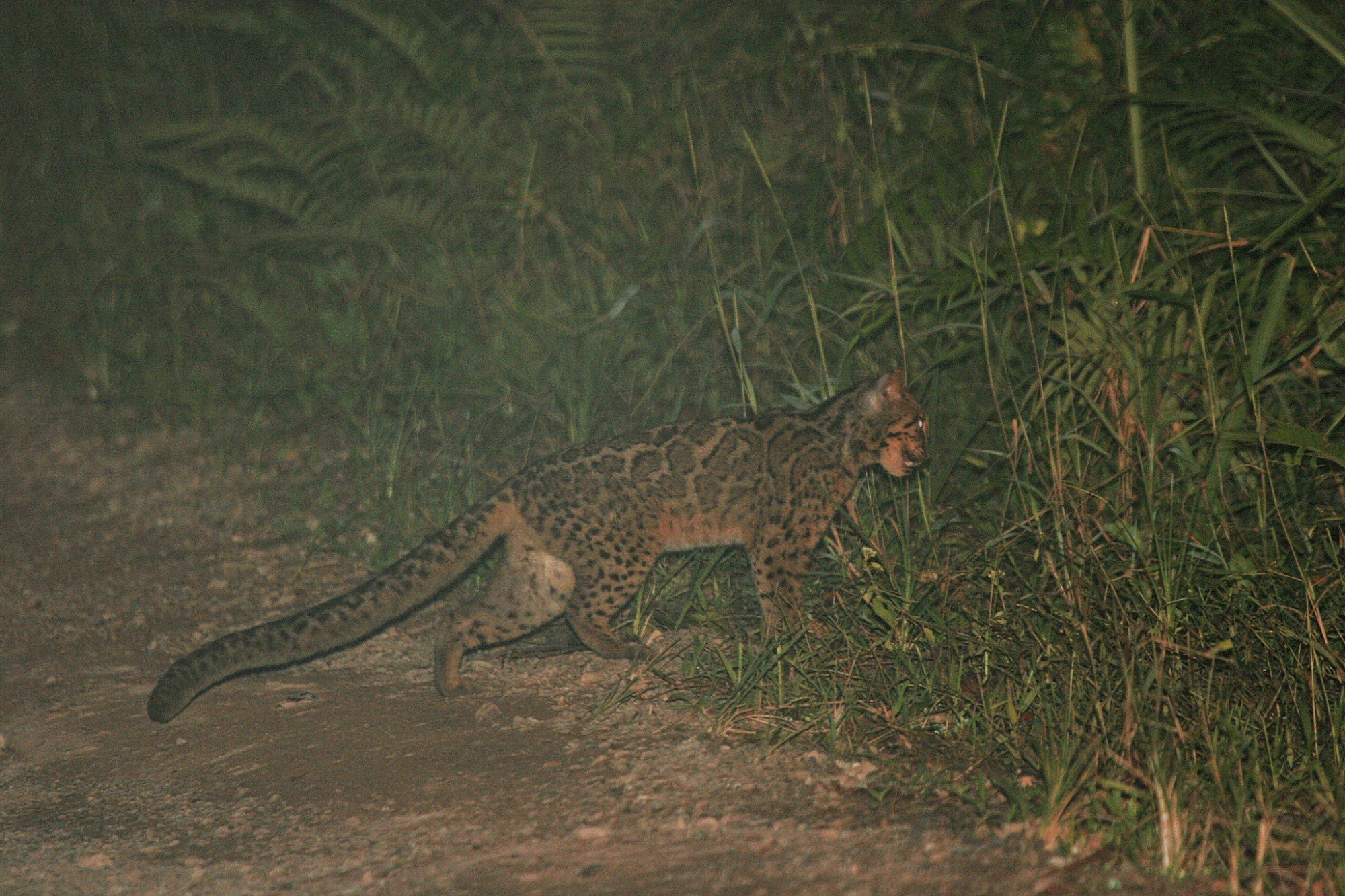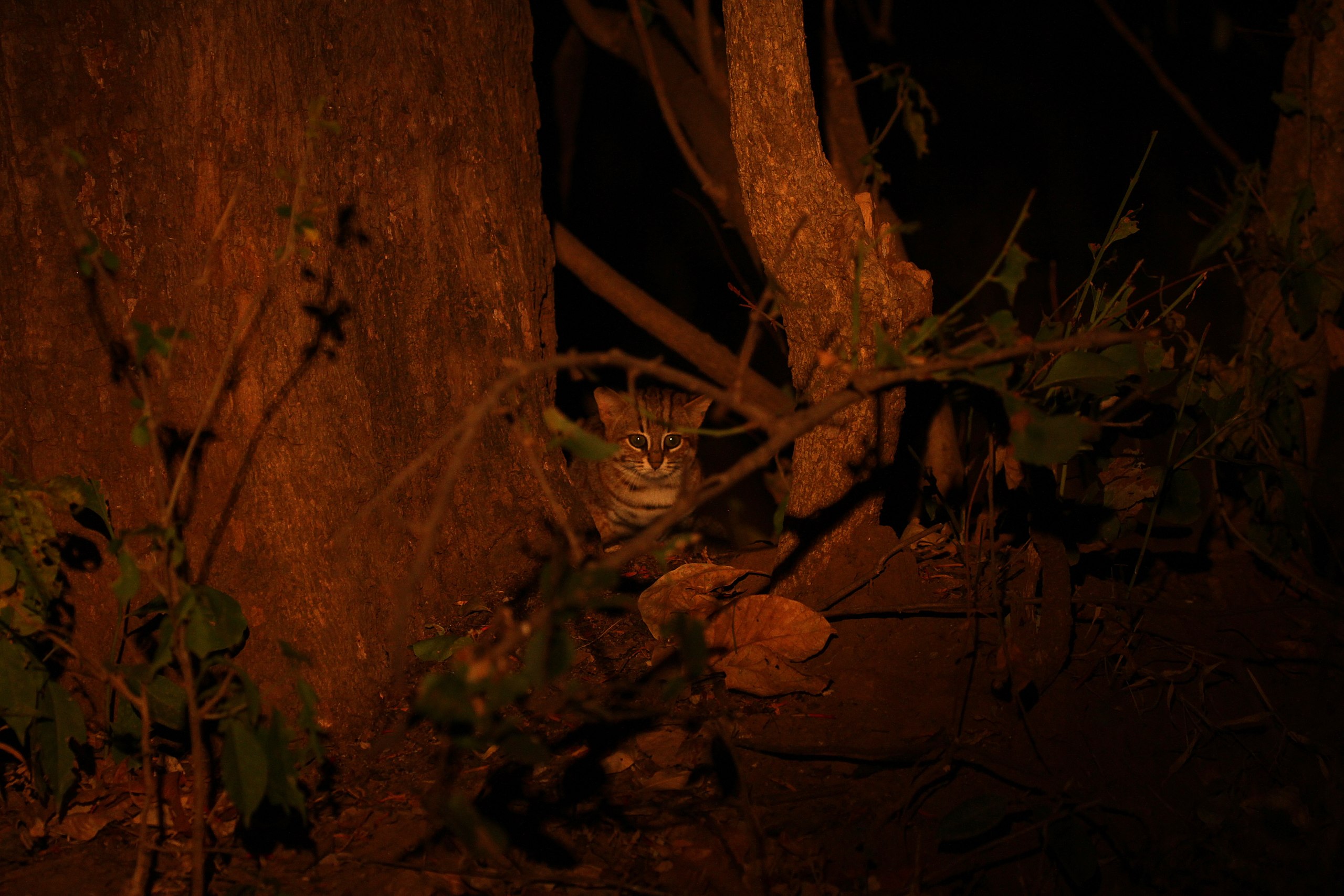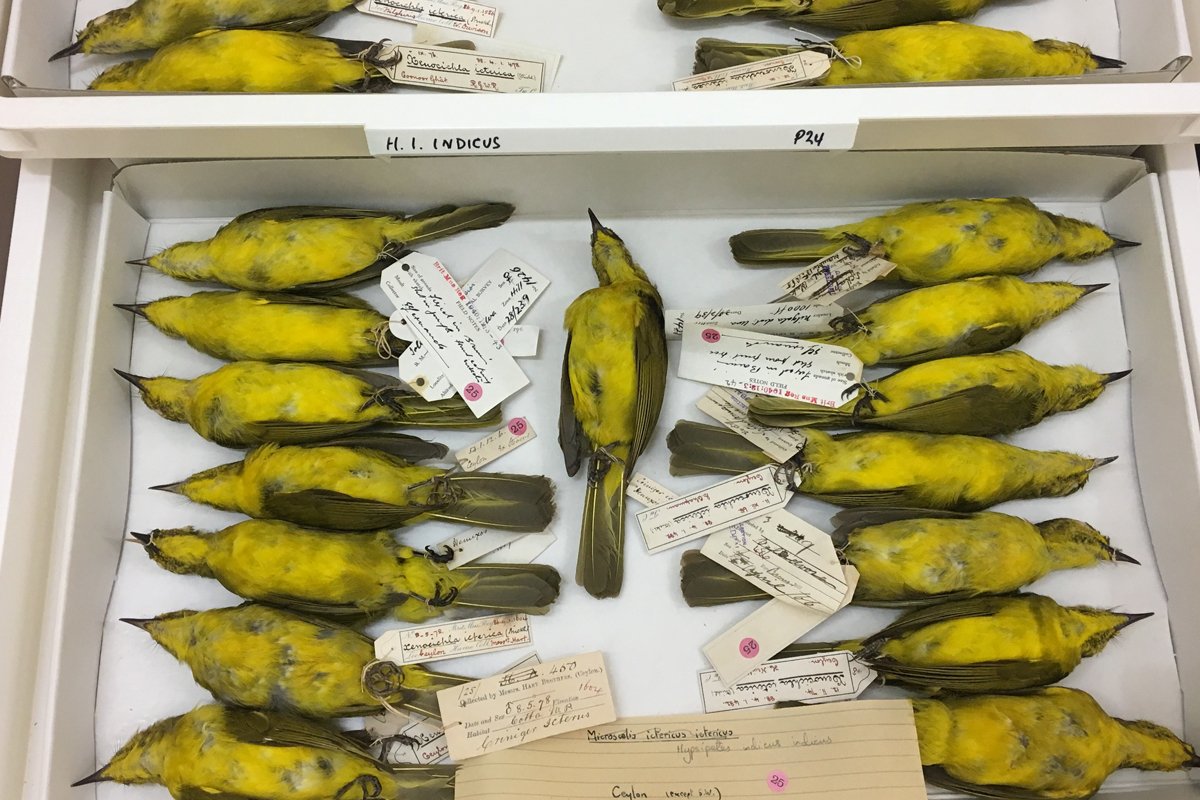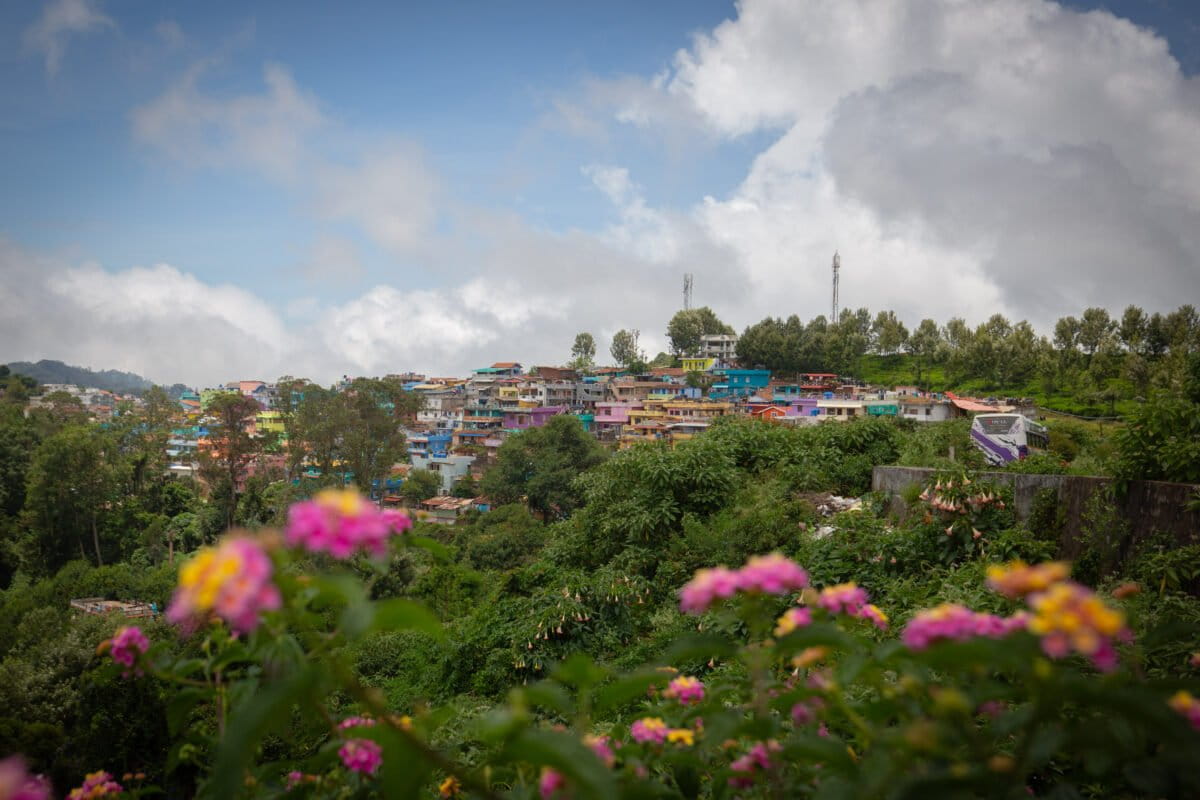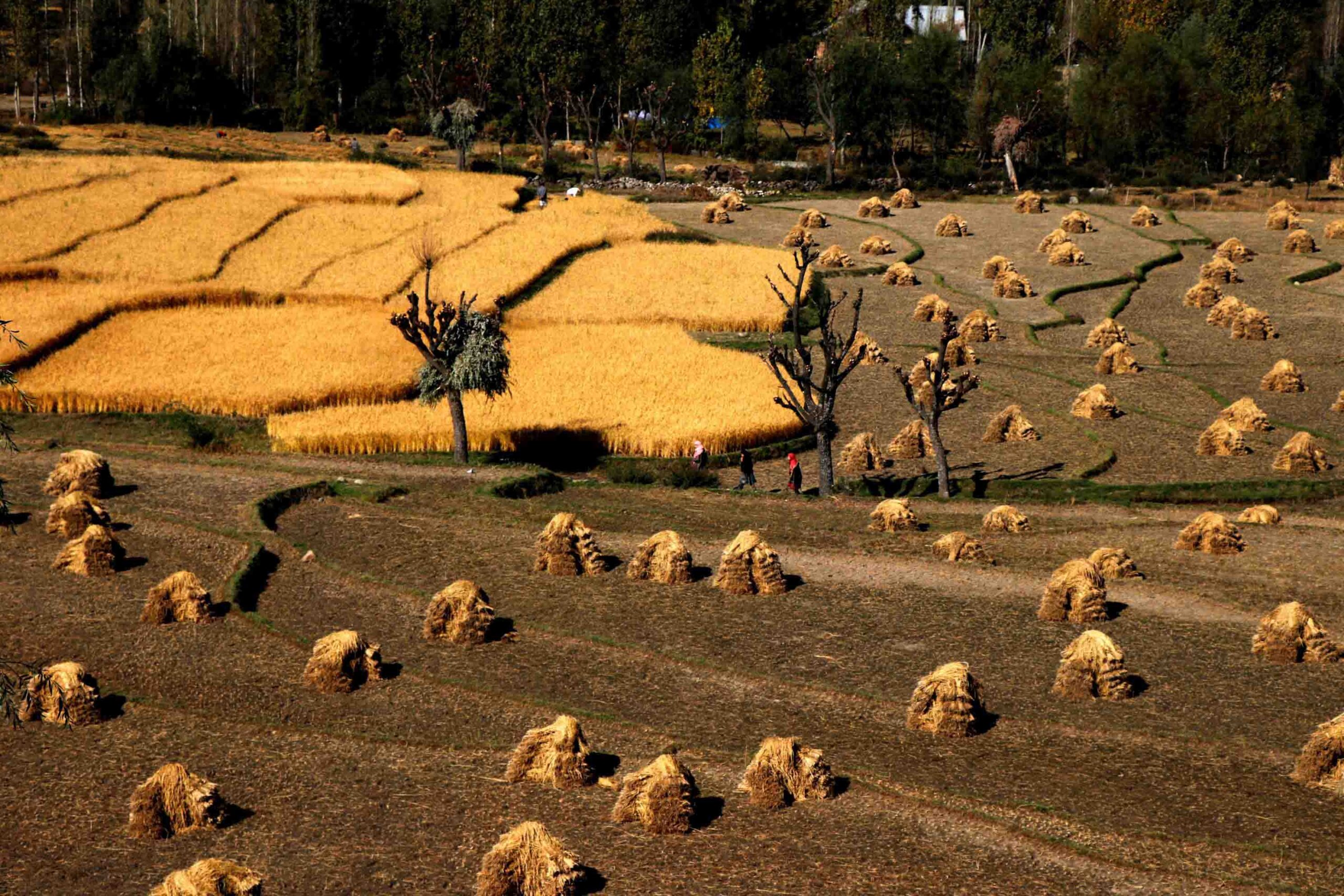
- The book, My Head for a Tree, documents the past and present status of environmental activism by the Bishnoi community in Rajasthan.
- Using narrative nonfiction, it combines retelling of historical events, conversations with contemporary Bishnoi activists, and the author’s onground observations of their strategies in the Thar desert.
- The book reveals how the Bishnoi use non-violent mass sit-ins, litigation, and media coverage to pursue environmental justice.
In May this year, Radheshyam Bishnoi, a wildlife conservationist in Rajasthan, was on his way to stop a poaching incident when he died in a tragic car accident. He belonged to the Bishnoi community in the Thar desert, a people whose beliefs have environmental protection at their core. Released earlier this year, a new book My Head for a Tree: The Extraordinary Story of the Bishnoi, the World’s First Eco-Warriors by Martin Goodman, weaves together historical accounts and contemporary encounters to reveal how the Bishnoi’s ancient wisdom offers essential lessons for the current planetary crisis.
Goodman, a British writer and professor, initially wanted to tell the story of people who dedicate their lives to protecting their surrounding natural habitat. On a trip to Jaipur, he was introduced to the Bishnoi. He set out to find who the Bishnoi are, what motivates them to give up their lives for the natural world around them, and the lessons the rest of the world can learn from them.
My Head for a Tree can be categorised among the growing genre of “Global South environmental wisdom”, which encompasses a number of news reports and videos in recent years that look to the region for solutions. However, it succeeds in establishing that the Bishnois’ traditional ecological knowledge is not just a thing of the past. The book shows how their knowledge fuels their contemporary activism, which is an evolving practice, one that could enable them to survive the climate crisis.
Over 270 pages, Goodman presents his forays into the Bishnoi community in Rajasthan, spending time with several members of the community: the young and elderly, women, men, field guides, forestry officers, activists, priests, politicians, and lawyers. The story unfolds over several rural locations ranging from people’s homes to mass community gatherings.
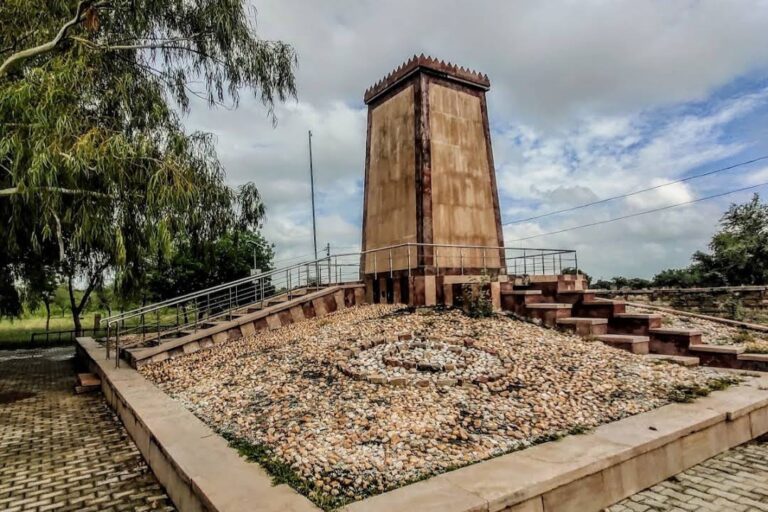
At the outset, Goodman briefly mentions his positionality as an outsider while entering the world of the Bishnoi. He does not reflect on his privilege, and instead, explains over the course of a couple of chapters, preface and acknowledgements how he was introduced to the Bishnoi by Harsh Vardhan, a friend of the Bishnoi and Vijay Lakshmi Bishnoi, a politician. He explains he was invited by community members, had a guide and that’s how he started visiting villages. In the early chapters, he attends a large community gathering where he is invited to sit at the podium and the local leader publicly tells him to do a good job of writing the book. This is how, he says, the community approved of him writing the book and it was “commissioned”.
Traditional wisdom meets modern activism
The major themes of the book are the history of the Bishnoi, their religious beliefs, and the Bishnoi approach to environmental activism. Although Bishnoism is known as a sect within Hinduism, Goodman argues that it has all the qualifications of a distinct religion, including a set of 29 rules, some of which expressly forbid cutting green trees and killing animals.
The book’s timeline stretches from the birth of Jambhoji, the founder of Bishnoism in 1451 during the late medieval era to present day India. Using a non-linear narrative, it covers tales from Jambhoji and his successor Vilhoji’s time, acts of individual and collective sacrifice to prevent logging and poaching, and the tools Bishnoi use to defend their environment. The writing style pulls the reader into a scene with live action, zooming out to share the larger context and facts, often followed by an anecdote. This keeps the reader hooked while the 18 chapters remain short and crisp.
A long line of environmental martyrs
The book shows how historical events shaped the Bishnois’ environmental ethics. Many think that the Chipko Movement introduced the idea of treehugging. But the book suggests that the movement might have been inspired by the original treehuggers – 363 Bishnois who sacrificed their lives to protect trees in the Khejarli massacre of 1730, which started when Amrita Devi, a woman from Khejarli village, clung to a Khejri tree and opposed men from the then Maharaja’s army, who wanted to cut trees to aid the construction of a new palace in Jodhpur.
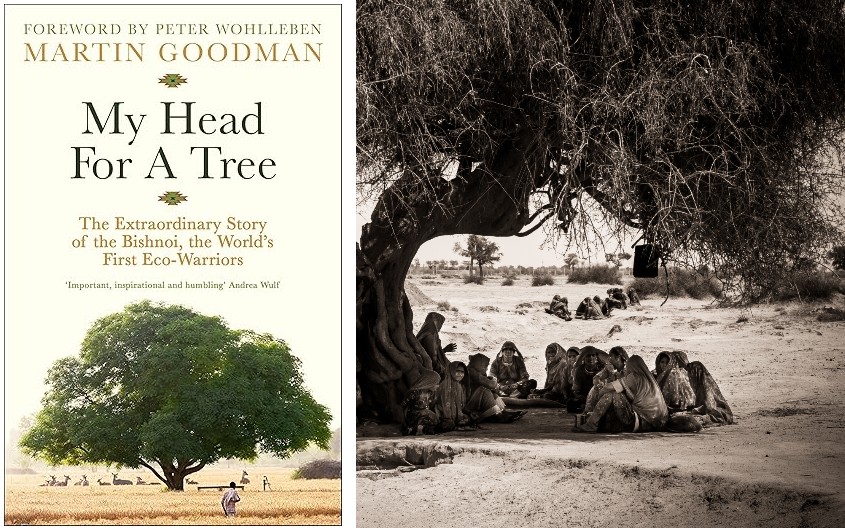
The Bishnoi call these martyrs sakasis, with the first recorded ones dating back to 1604 when two women died protecting trees. They are followed by a long line of sakasi, some of whom are featured in the book. Their stories are told using simple prose, recreating scenes of how defending trees and animals led to their deaths, making them come alive on the page.
One of the chapters features Radheshyam Bishnoi, who guides Goodman in the search for the great Indian bustard. As the two traverse the desert, the author recounts how Radheshyam threatened to jump from a pylon to demand officials install reflectors on power lines connecting wind turbines to protect the bustards from electrocution caused by collision. The officials agreed.
When a wildlife scientist calls the Bishnoi “species-centric”, Goodman discovers this assessment is inaccurate. Apart from taking care of bustards, Radheshyam’s network of volunteers also cleared animal carcasses from accidents on train tracks that attract vultures, to ensure the endangered birds don’t get run over by trains while feeding on carrion.
The volunteers working to defend trees and animals
The book does a good job of decentering public figures that have brought Bishnoi to the limelight by giving them very limited space, be it Salman Khan who is accused of illegally hunting blackbucks in the Thar or gangster Lawrence Bishnoi, who threatened to kill the actor. Instead, it focuses on the stories of seemingly ordinary community members who have dedicated their lives to preserving the flora and fauna of the region.
Goodman dedicates a few chapters to Bishnoi women’s environmental activism, profiling Pooja, who runs an animal rescue centre in Sribalaji and Devangini, who cares for stray dogs despite her neighbours’ disapproval in Jodhpur. Through conversations about education, marriage and caste, Goodman depicts gender and social dynamics in the community, though he avoids direct commentary on the subject.

The Bishnoi Tiger Force and its leaders and members appear several times in the book. The force is a volunteer-run organisation that has run several campaigns, from advocating for more severe punishments for violating wildlife laws to including a chapter on Amrita Devi in the school curriculum. At the time of writing the book, they were campaigning for longer prison sentences for tree cutting and had brought the construction of a highway around Jodhpur to a halt to stop the rampant removal of trees.
The Bishnoi resistance is strong because the community congregates in large numbers at sites where environmental violations have occurred, explains Ram Niwas Bishnoi Budhnagar, a leader of the Bishnoi Tiger Force. Not only do they protest non-violently at sites where infrastructure projects are underway but they also talk to the construction workers to gain their empathy for their struggle.
The book has a conversational, non-academic tone. The storytelling is mostly seamless except a few abrupt although important detours like a chapter on the Chipko movement, whose connection to Bishnoi environmentalism could have been established more clearly.
Using legal strategies and media advocacy
The Bishnoi learnt to use the media and litigation for advocacy as early as the 1970s by partnering with Harsh Vardhan, a former journalist who became a wildlife conservationist. In December 1978, an Arab prince visited the Thar to hunt bustards. As soon as the Bishnois learnt this, with Harsh’s help, they organised a protest outside the governor’s house in Jaipur, which made front page headlines in the local paper. Harsh also petitioned the Rajasthan High Court to stop the Arab hunting party from progressing. As a result, on January 1, 1979, the court ordered an immediate two-week ban and the hunting party was over.
Many Bishnoi have taken up legal studies and also formed a group of lawyer activists. Goodman contextualises this by explaining the status of environmental litigation, its suppression and hasty environmental clearances in India. He mentions how Adivasi communities in Hasdeo Arand in Chhattisgarh have dealt with deforestation and suppression by Adani Group and the state. In a moment that shows solidarity, Ram Niwas says the Bishnoi lawyers will help Hasdeo residents if needed.
My Head for a Tree makes for an overall good, informative read, without being preachy. It leaves one feeling that the Bishnoi and their environment will put up a good fight in the times to come.
Read more: Bishnois organise and educate themselves to take environment conservation beyond religion
Banner image: Women of the Bishnoi community have been associated with environment protection since as far back as 1604, when two women gave their lives to protect trees. Image by Harsh Vardhan.

































